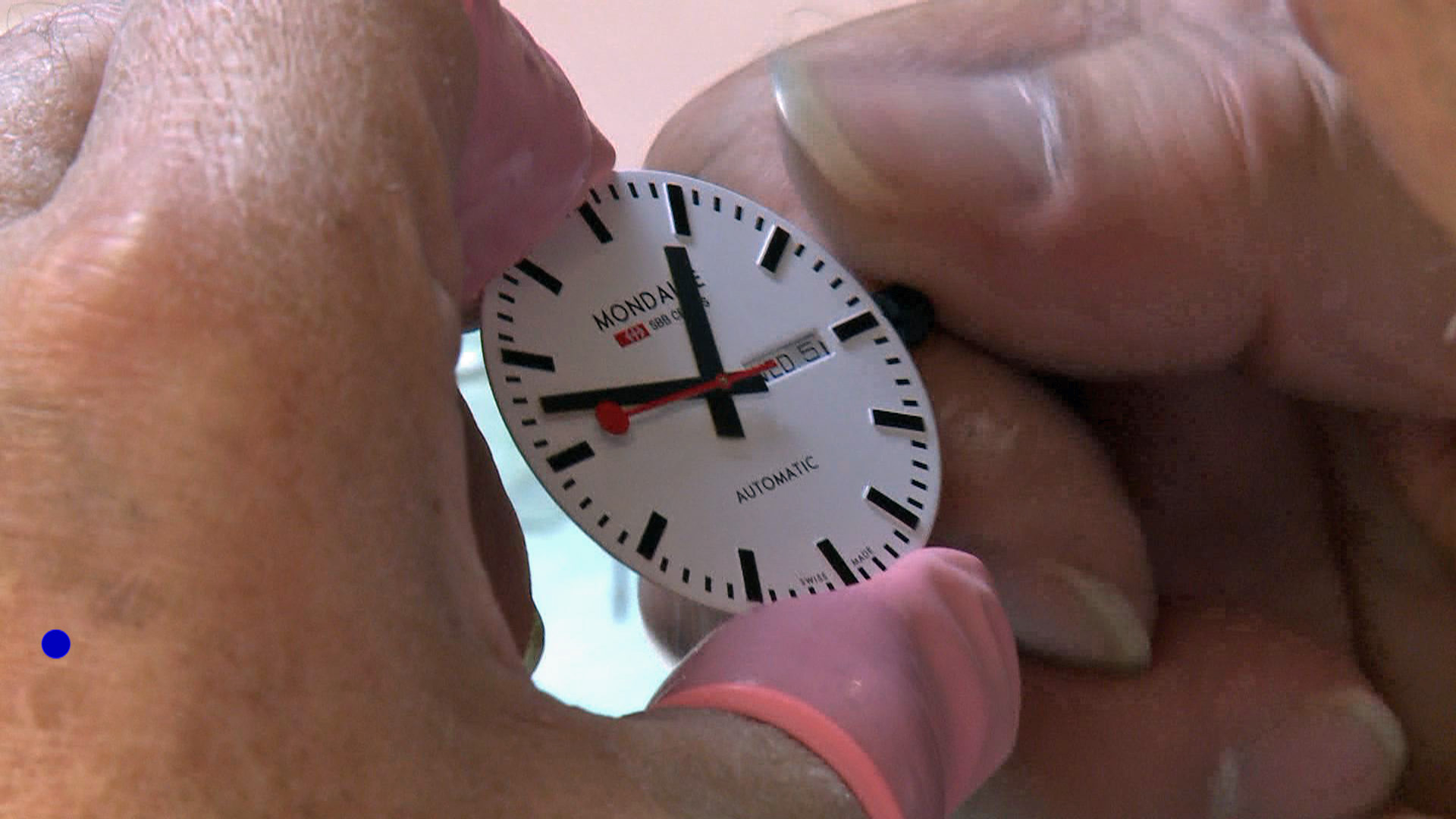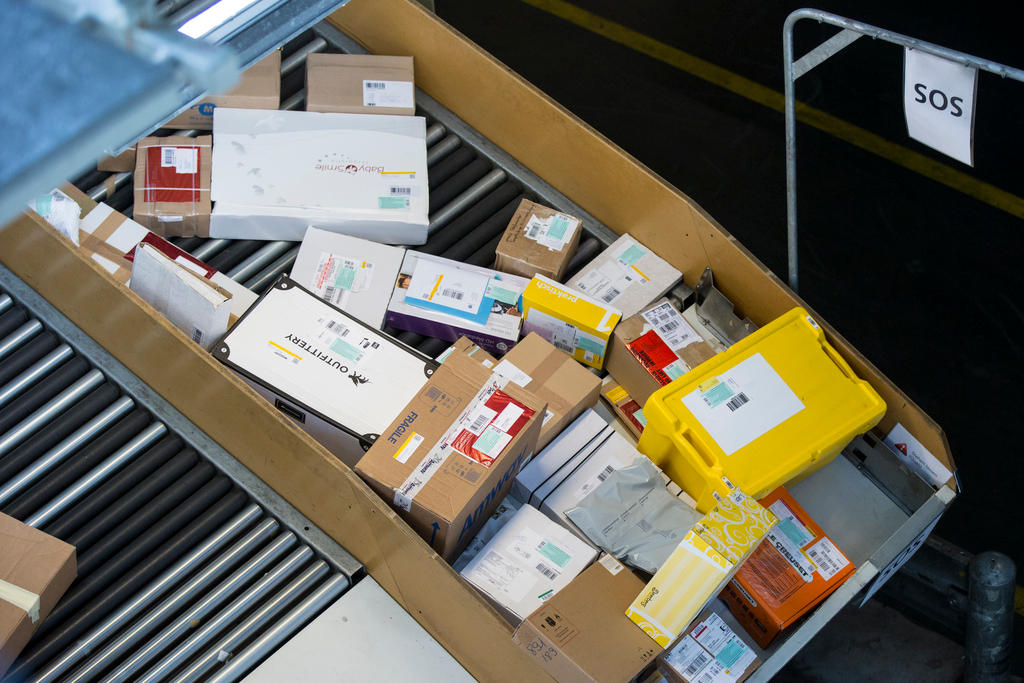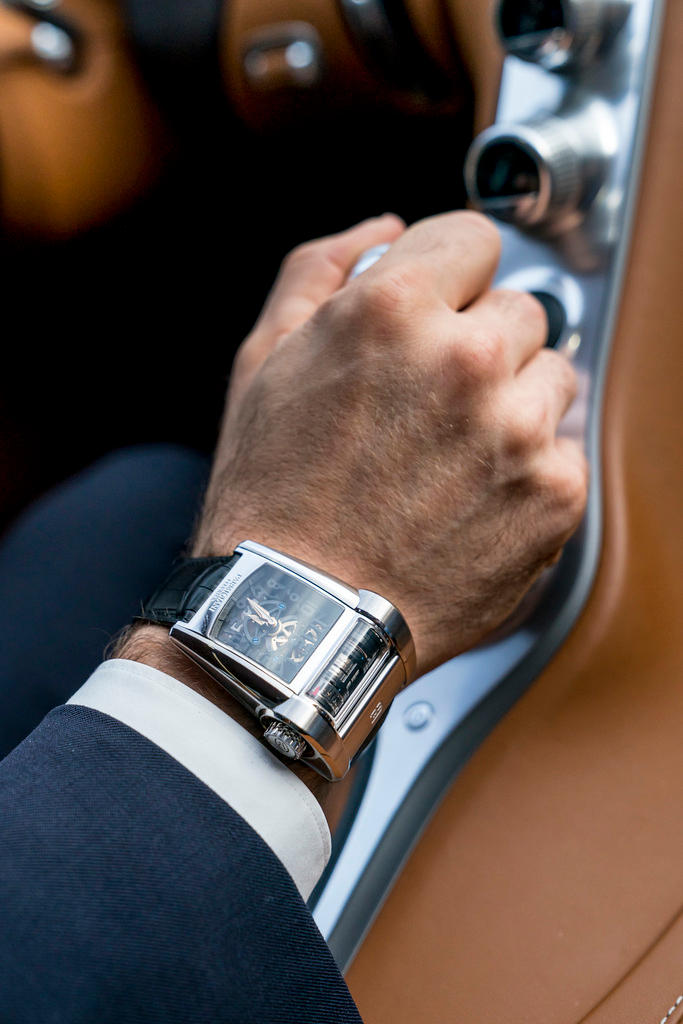‘Swissmade’ label: the pros and cons
In recent years, the Swiss watchmaking industry has suffered from the strong Swiss franc and export-related difficulties. The figures are gradually improving. But for some companies the “Swissness” rule, which was made more stringent a year ago, is a source of irritation.
Parliament passed the new “Swissness” bill in 2013, and the revised “Swiss made” regulation for watches entered into force on January 1, 2017. The “Swissness” bill defined new minimal requirements for industrial goods to qualify for the “Swiss made” label, which also applies to watches. At least 60% of the manufacturing costs of the product must occur in Switzerland. Research and development costs may also be included in the calculation. In addition, at least one essential manufacturing step must have taken place in Switzerland.
The rules are affecting manufacturers in the low-end segment in particular. Ronnie Bernheim represents 30 companies at IG Swiss Made, a lobby group which contested the new rules. He says, “Either the watches become a lot more expensive because we have to do more work in Switzerland, or the customers buy watches that are not “Swiss made” in the Far East”.
Moser & Cie, which produces 1,000 watches a year, say their clients are not bothered about whether or not their watches bear the “Swiss made” label.
(SRF/swissinfo.ch)














You can find an overview of ongoing debates with our journalists here . Please join us!
If you want to start a conversation about a topic raised in this article or want to report factual errors, email us at english@swissinfo.ch.